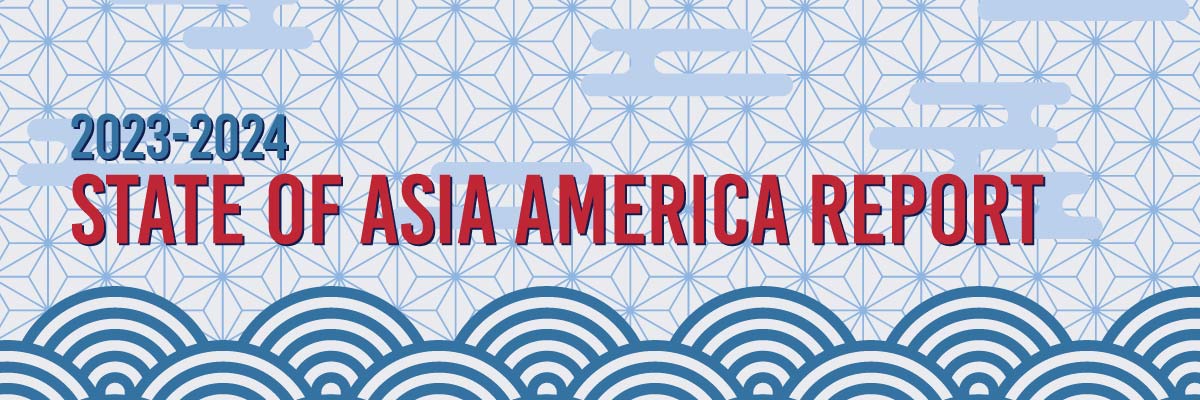Three Key Takeaways from the AREAA 2023-24 State of Asia America Report
May 9, 2024

Each year, to highlight the key trends within the Asian American Native Hawaiian and Pacific Islanders (AANHPI) population, particularly with regards to homeownership, along with describing its initiatives to promote homeownership, the Asian Real Estate Association of America (AREAA) publishes the State of Asia America report. Given that May is AANHPI Heritage Month, we will summarize the key takeaways from the 2023-24 State of Asia America report in this article.
1. The homeownership rate is the highest for the AANHPI population in the Midwest region of the United States.
AREAA divides its analysis into four regional categories – West, Midwest, Northeast, and South. At 69.4%, the regional homeownership rate is the highest in the Midwest for the AANHPI population. This is closely followed by 66.5% homeownership rate in the South, 63.2% homeownership rate among the population in the Northeast, and 61.3% homeownership rate in the West. The Vietnamese sub-population has the highest homeownership rate among the AANHPI population in the Midwest, Northeast, and the South. In the West, the Japanese sub-population has the highest homeownership rate. Furthermore, AREAA emphasizes the diversity within the AANHPI population and disaggregates the data for the various subgroups within the AANHPI community. Based on this disaggregated data, we understand that the Vietnamese population, which ranks fourth by population size, has the highest homeownership rate (69.2%) among the AANHPI population in the United States, followed by Chinese Americans (66.3%) and Japanese Americans (65.5%).
2. While the overall homeownership rate for the AANHPI population is higher than Black Americans and Latino Americans, it still lags that of White Americans.
The White-AANHPI racial gap in homeownership rate is the most pronounced in the middle-income group and the lowest within the higher income group. This signals a significant opportunity for expansion to bridge the racial homeownership gap by providing appropriate assistance to the middle-income group. Credit history is a crucial element of mortgage origination and the home buying process. Within the AANHPI population, across generations, seniors, younger millennials and Gen Z are more likely to have a credit thin1 file, which can prove to be a barrier to homeownership. On the other hand, older millennials and Gen X are less likely to have a credit thin file. Furthermore, among consumers who are 45 years old or younger across different racial subgroups, older millennials are more likely to be mortgage ready2.
3. Aggregate data on the AANHPI community obscures the affordability issue faced by many of them.
It is accurate to state that, on average, an AANHPI median family can afford the down payment on an average American home. However, it is worth noting that there is a high concentration of AANHPIs in the American West and Northeast. These regions include some of the least affordable and high housing costs MSAs in the country, and thus lead to affordability concerns for many AANHPIs. The West and Northeast regions have low affordability rates for all the ethnic groups within the AANHPI community.
1 Consumers are considered to have a credit thin file if they have less than three open accounts reported in the last six months.
2Mortgage ready:
Individuals that:
- Do not have a current mortgage.
- Are 45 years old or younger.
- Have credit scores of 661 or higher.
- Have a back-end debt-to-income ratio not exceeding 25%.
- Have no foreclosures or bankruptcies in the past 84 months.
- Have no severe delinquencies in the past 12 months.
For more information on housing, demographic and economic trends in Virginia, be sure to check out Virginia REALTORS® other Economic Insights blogs and our Data page.
You might also like…
Midway Through 2024, Virginia Home Sales Activity Slightly Outpacing Last Year
By Robin Spensieri - July 24, 2024
According to the June 2024 Virginia Home Sales Report released by Virginia REALTORS®, there were 10,018 homes sold across the commonwealth last month. This is 974 fewer sales… Read More
Three Multifamily Market Trends from the Second Quarter of 2024
By Sejal Naik - July 16, 2024
Each quarter, through its Multifamily Market report, the research team at Virginia REALTORS® analyzes the trends and changes in the multifamily market. Here, we share the key highlights… Read More
Takeaways From the JCHS 2024 State of the Nation’s Housing
By Dominique Fair - July 15, 2024
The Joint Center for Housing Studies from Harvard University released this year’s State of the Nation’s Housing report highlighting the impact today’s market is having on both homeowners… Read More